Motorcycle riding is a unique experience that offers unparalleled freedom and exhilaration. However, the weather can significantly impact your ride, especially when it comes to temperature extremes. Riders often debate whether it's better to be too hot or too cold while riding. Both conditions present unique challenges and considerations for comfort, safety, and overall enjoyment. Let’s delve into the pros and cons of each scenario to determine which is more manageable.
Riding in the Heat: Pros and Cons
- Clear Roads and Visibility:Warm weather typically means clear roads free from ice, snow, and even wet leaves, which can be hazardous. Additionally, visibility tends to be better without the need for bulky fogging gear.
- Comfort and Mobility: Summer gear is generally lighter and less restrictive, offering greater mobility and comfort during your ride.
- Social and Scenic Benefits: Riding in warm weather encourages social gatherings, group rides, and scenic tours. The vibrant surroundings and longer daylight hours make for more enjoyable rides.
- Dehydration and Heat Exhaustion: Riding in high temperatures can lead to dehydration and heat exhaustion. Without proper hydration and breaks, these conditions can impair your judgment and reaction time, making riding dangerous.
- Sweat and Discomfort: Excessive sweating can lead to discomfort, rashes, and even issues with gripping the handlebars. Staying dry becomes a constant challenge.
- Gear Limitations: While lighter gear is more comfortable, it often sacrifices protection. Finding a balance between safety and comfort can be tricky in hot weather.
Riding in the Cold: Pros and Cons
- Cool Comfort: Cold weather prevents overheating, making long rides more comfortable for those who prefer cooler temperatures.
- Enhanced Focus: Cold air can invigorate the senses, leading to heightened focus and alertness. The crisp air often results in a refreshing and stimulating riding experience.
- Gear Protection: Cold-weather gear tends to be more robust, offering excellent protection against impacts and abrasions. Additionally, the layers provide extra warmth and insulation. See the Whistler™ 2.0 Waterproof Textile Jacket
- Risk of Hypothermia: Prolonged exposure to cold temperatures can lead to hypothermia, especially if you’re not adequately dressed. Hypothermia impairs cognitive function and can be life-threatening if not addressed.
- Reduced Dexterity: Bulky gloves and layers can reduce dexterity, making it harder to control the bike. This can be particularly challenging when operating controls and handling the motorcycle in general.
- Road Conditions: Cold weather often brings ice, frost, and snow, which create hazardous riding conditions. Black ice is a particularly dangerous threat that can be hard to detect until it’s too late.

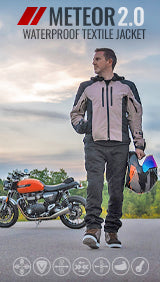
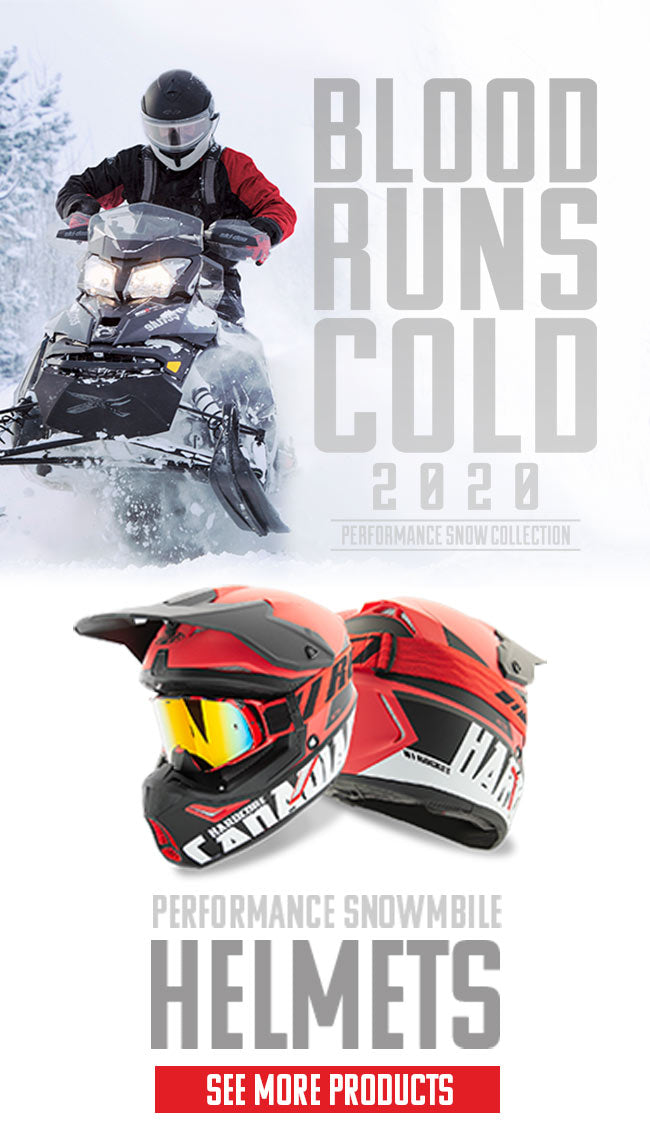

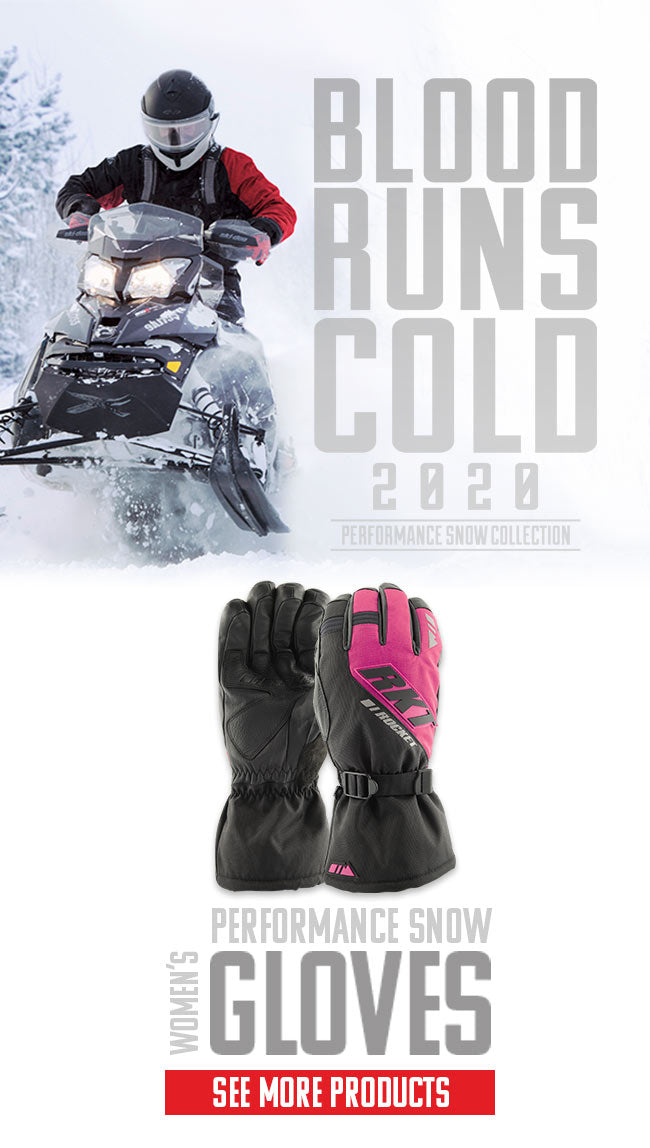
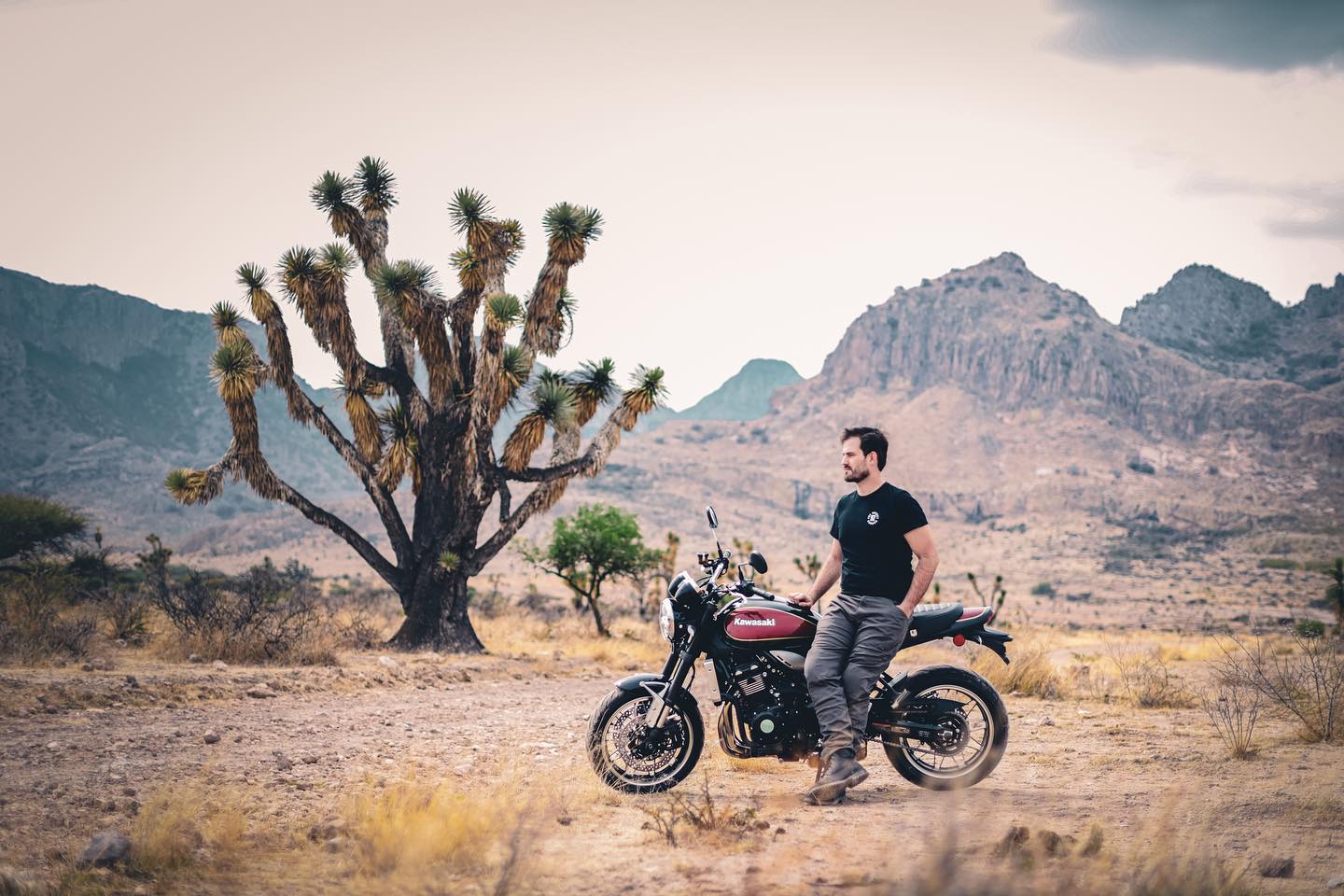






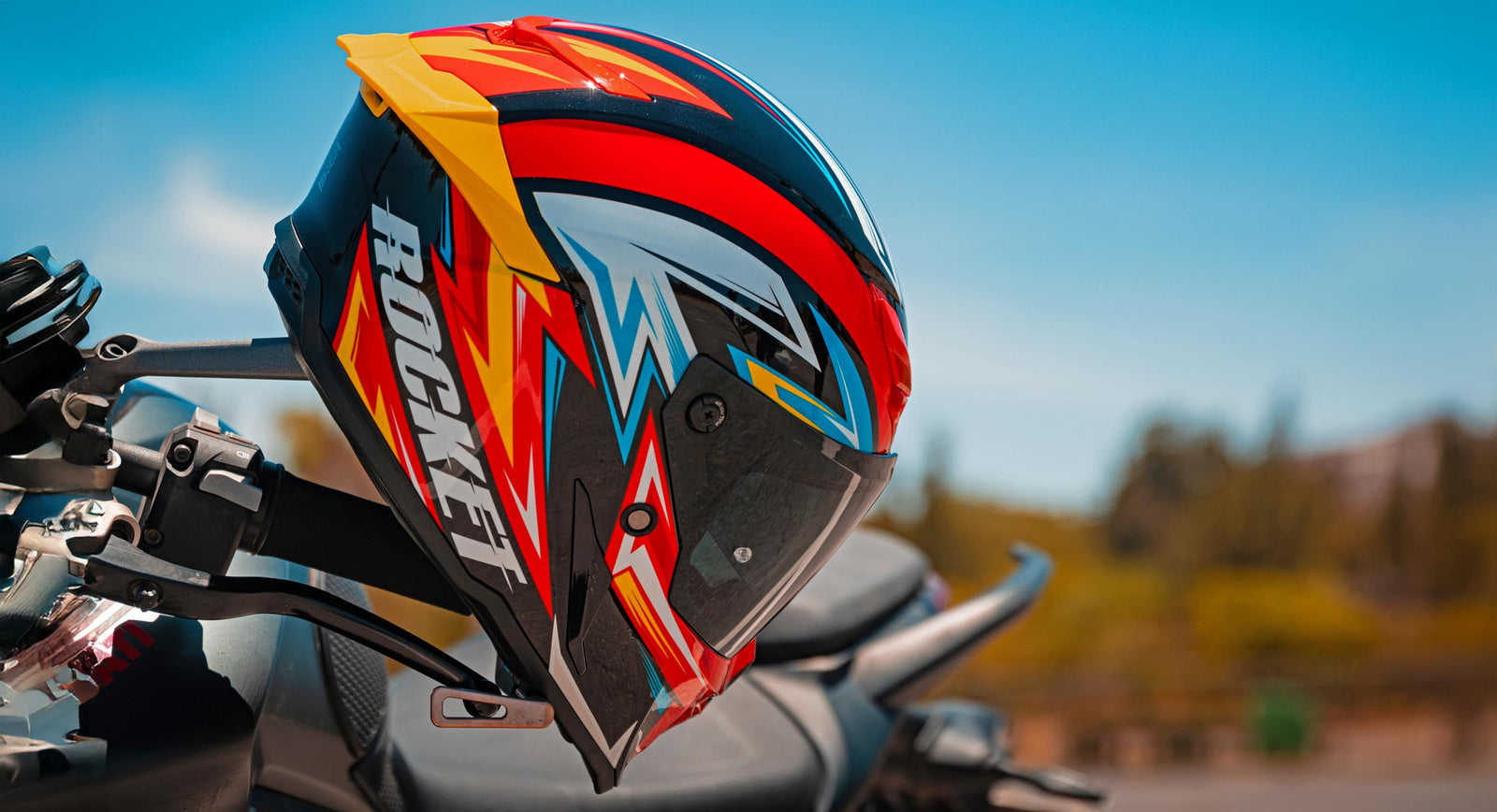

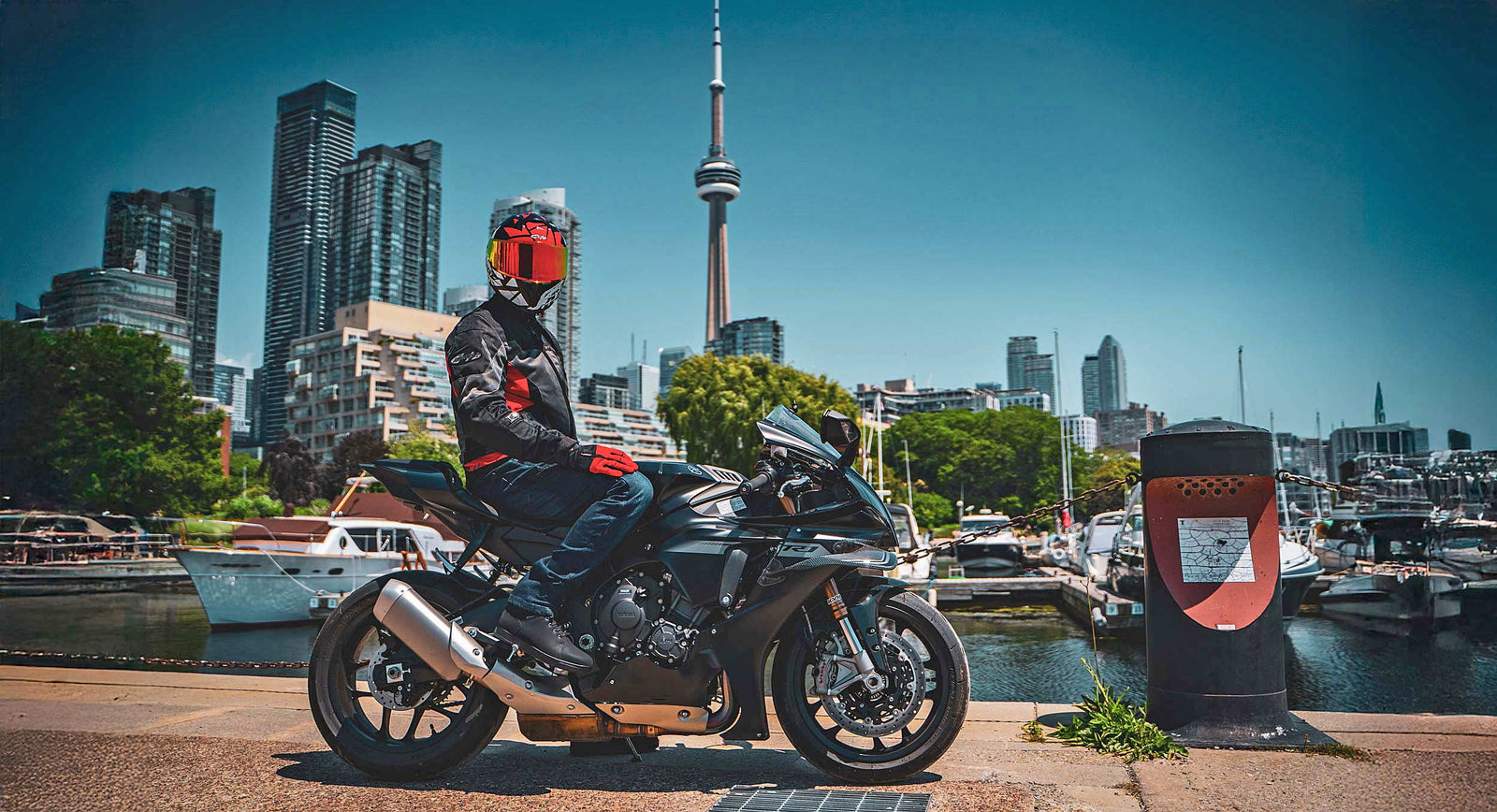
Leave a comment (all fields required)